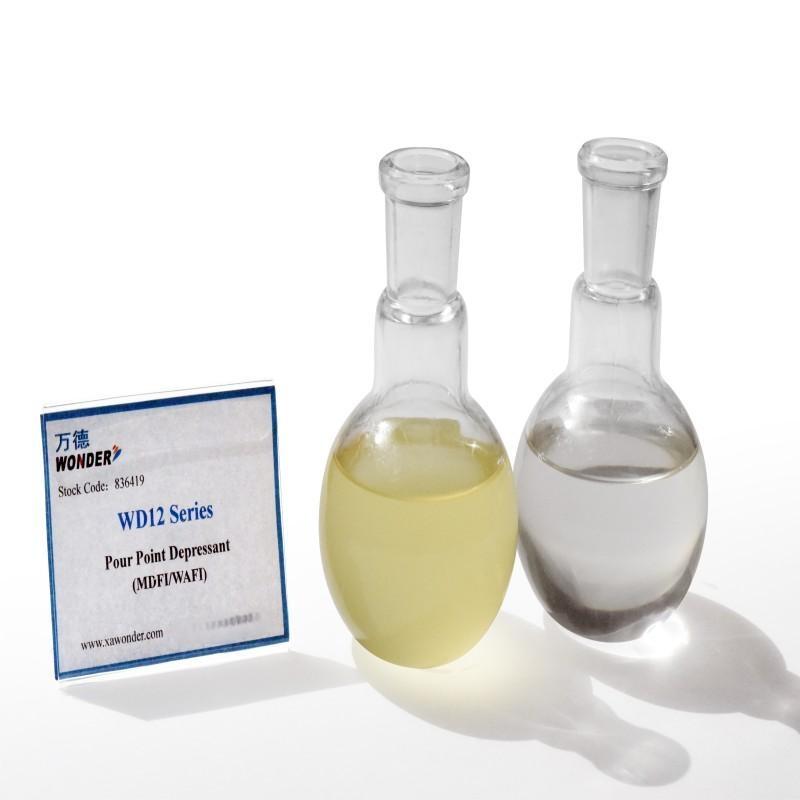-
Categories
-
Pharmaceutical Intermediates
-
Active Pharmaceutical Ingredients
-
Food Additives
- Industrial Coatings
- Agrochemicals
- Dyes and Pigments
- Surfactant
- Flavors and Fragrances
- Chemical Reagents
- Catalyst and Auxiliary
- Natural Products
- Inorganic Chemistry
-
Organic Chemistry
-
Biochemical Engineering
- Analytical Chemistry
-
Cosmetic Ingredient
- Water Treatment Chemical
-
Pharmaceutical Intermediates
Promotion
ECHEMI Mall
Wholesale
Weekly Price
Exhibition
News
-
Trade Service
On October 5, at the OPEC+ ministerial meeting, members agreed to cut crude oil production by 2 million barrels per day, equivalent to 2%
of the average daily global crude oil demand.
This is also the largest production
cut since the outbreak of the new crown pneumonia epidemic in 2020.
As soon as this news came out, it immediately triggered five consecutive increases
in international crude oil prices.
The timing of OPEC+'s decision is intriguing
.
In early September, the G7 had just agreed
to impose a price cap on Russian oil and petroleum products.
Moreover, with only about a month to go before the US midterm elections, the Biden administration is busy reducing domestic inflation
.
The rapid rise in oil prices is bound to hedge the effect of Western sanctions against Russia and largely undo the Biden
administration's efforts to reduce inflation.
In July, Biden also made a special visit to the Middle East to lobby Saudi Arabia and other countries to increase crude oil production to help the West survive the energy crisis
.
But OPEC+'s decision to cut production clearly declared a complete failure
of Biden's diplomatic efforts in the Middle East.
No wonder Biden cried "disappointed" after hearing the news, while some members of the US Congress directly threatened to retaliate
against Saudi Arabia.
OPEC+ is an energy cooperation mechanism
composed of 13 OPEC members and 11 non-OPEC members including Russia.
Saudi Arabia and Russia, the two largest oil exporters in the world, play a leading role
in this.
Therefore, it is not difficult to imagine that Saudi Arabia is one of the main drivers behind
the "OPEC+" production reduction decision.
Paradoxically, Saudi Arabia has always been a "hardcore" ally of the United States and has long been a staunch supporter of the petrodollar system
.
At such a sensitive time, Saudi Arabia's deliberate push up oil prices raises questions about whether the traditional U.
S.
-Saudi alliance remains strong
.
The US-Saudi alliance began in the 70s of the 20th
century.
At that time, there were frequent wars and turmoil in the Middle East, the political situation was turbulent, and the four Middle East wars made everyone in the Arab countries at risk; And the United States has just experienced the collapse of the Bretton Woods system, and the status of the dollar as the "world currency" is in jeopardy
.
In 1974, the United States reached an "unshakable" agreement with Saudi Arabia, in which the United States provided Saudi Arabia with military weapons and promised to protect the security of the Saudi regime, and Saudi Arabia persuaded OPEC countries to accept the dollar as the sole denominated and settled currency
for oil exports.
Thus was born
the petrodollar system.
Since the world's oil-consuming countries must exchange dollars before they can buy oil, the monopoly of the dollar in the international monetary system has been consolidated
again after the Bretton Woods system.
Former U.
S.
Secretary of State Henry Kissinger once said, "If you control oil, you control all the world economy; If you control the currency, you control the whole world
.
American political economist Robert Gilpin pointed out that one of the cornerstones of US hegemony is the role of the dollar in the international monetary system, which is comparable to nuclear deterrence
.
The establishment of the petrodollar system has reshaped the hegemony of the dollar, or in other words, the basis of the hegemony of the dollar is largely based on the recognition
of the petrodollar system by oil-exporting countries such as Saudi Arabia.
However, in international relations, there are no eternal friends, only eternal interests
.
With the outbreak of the "shale oil revolution" in the United States at the beginning of the 21st century, a rift has appeared in the "unshakable" alliance between the United States and Saudi Arabia
.
In 2019, the United States officially transformed from an energy importer to an energy exporter
.
The International Energy Agency predicted in a report that the United States will overtake Saudi Arabia as the world's largest oil producer by 2040
.
This directly challenges Saudi Arabia's pricing power
in the international crude oil market.
In order to compete with the United States for crude oil pricing power, Saudi Arabia has actively moved closer to Russia in recent years and formed an alliance to jointly influence the trend of
crude oil prices.
The OPEC+ mechanism was thus born
.
In 2020, Saudi Arabia and Russia worked together to make crude oil prices negative on the grounds that negotiations on production cuts failed, directly leading to the collapse
of a large number of US shale oil producers.
The "OPEC+" production reduction decision has made the United States' efforts to suppress oil prices fail, and has also completely exposed the contradictions between the United States and Saudi Arabia to the
world.
To this end, Biden declared that the relationship between the United States and Saudi Arabia needs to be reassessed; U.
S.
Senate Majority Leader Schumer called Saudi Arabia's move outrageous and "Americans will remember it"; Some radical members of Congress have even proposed withdrawing U.
S.
troops and missile defense systems
from Saudi Arabia.
But does the United States really have the ability and confidence to retaliate against Saudi Arabia? Not necessarily
.
Because of Saudi Arabia's central role in maintaining the petrodollar system, the U.
S
.
"retaliation" plan had to be thrown into taboo.
If the military protection of Saudi Arabia is truly abandoned, it will mean the complete rupture of the US-Saudi alliance and the consequent collapse of the petrodollar system and the end
of dollar hegemony.
The cost will undoubtedly be far greater than the inflationary pressures
.
In order to maintain the international status of the dollar, the so-called "retaliation" of the United States against Saudi Arabia may be thunder and rain
.
But even if the United States is unwilling to accept it, the petrodollar system has already shown signs of
loosening.
In recent years, more and more countries have begun to abandon the use of dollars
in the oil trade.
In January 2016, India and Iran switched to Indian rupees to settle oil trade; In 2017, Iran and Turkey established gold-oil trading rules; In 2019, Venezuela and China began using the yuan to settle oil trade
.
In addition, the European Union announced in September this year that it would create a benchmark price
for crude oil priced in euros in 2023.
Fourteen European countries, including Germany, Sweden and France, have also created INSTEX systems to help European companies bypass dollar settlements and Iran to trade
oil.
It is worth mentioning that since the listing of crude oil futures on the Shanghai International Energy Exchange in 2018, crude oil RMB futures have become one of
the world's three major crude oil futures in parallel with Brent crude oil and US WTI crude oil.
This has greatly advanced the internationalization process of the renminbi
.
Globally, the wave of "de-dollarization" is in the ascendant, and the multipolarization of the world is accelerating
.
And this just gives OPEC the confidence
to say "no" to the United States.
From the collapse of the Bretton Woods system to the decline of the petrodollar system, the United States has repeatedly tried to maintain its hegemony by making the dollar a "world currency"
.
But history will eventually prove that the era of hegemonism is gone forever
.
Let's wait and see
.







